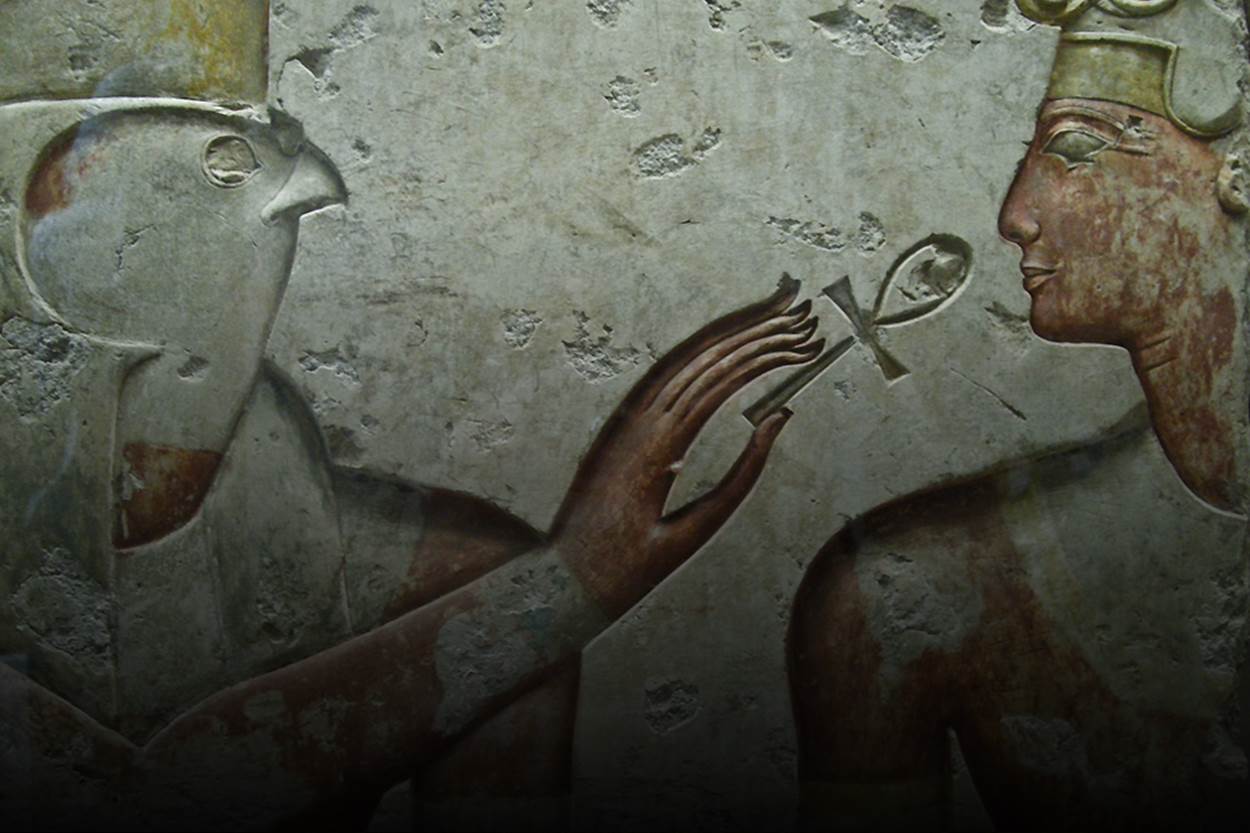The Book of Mormon does not claim that the Nephites and Lamanites were the only peoples to inhabit the Americas. So it is not and does not claim to be a detailed history of all of America nor a detailed history of all that transpired among the Nephite/Lamanite population.Explain in your own words what I said that is not true.
I proved that the Book of Abraham is a fraud. The Book of Mormon is also a fraud.
The Book of Mormon claims to be a detailed history of pre Columbian America from 600 B.C. to about 421 A.D. There is no evidence that any of the events recorded in the Book of Mormon happened, and much evidence that they did not happen.
Only in you own mind do you think that you have proved the Book of Abraham to be false. You assume that the writings that were found in the fragments found in the NY Museum had to be what Joseph Smith translated into the Book of Abraham. We don't even believe that. There were other scrolls that were much more lengthy that are presumed to have burned in the Chicago fire that held a record of Abraham and another that held the record of Joseph. Details about the translation of the facsimiles found among the fragments are also believed to have been among the records that burned in the fire. So in our mind your proof is nothing more than anti-Mormon fodder. Other records that were more recent Egyptian records were also had among the ancient records that Joseph possessed.

